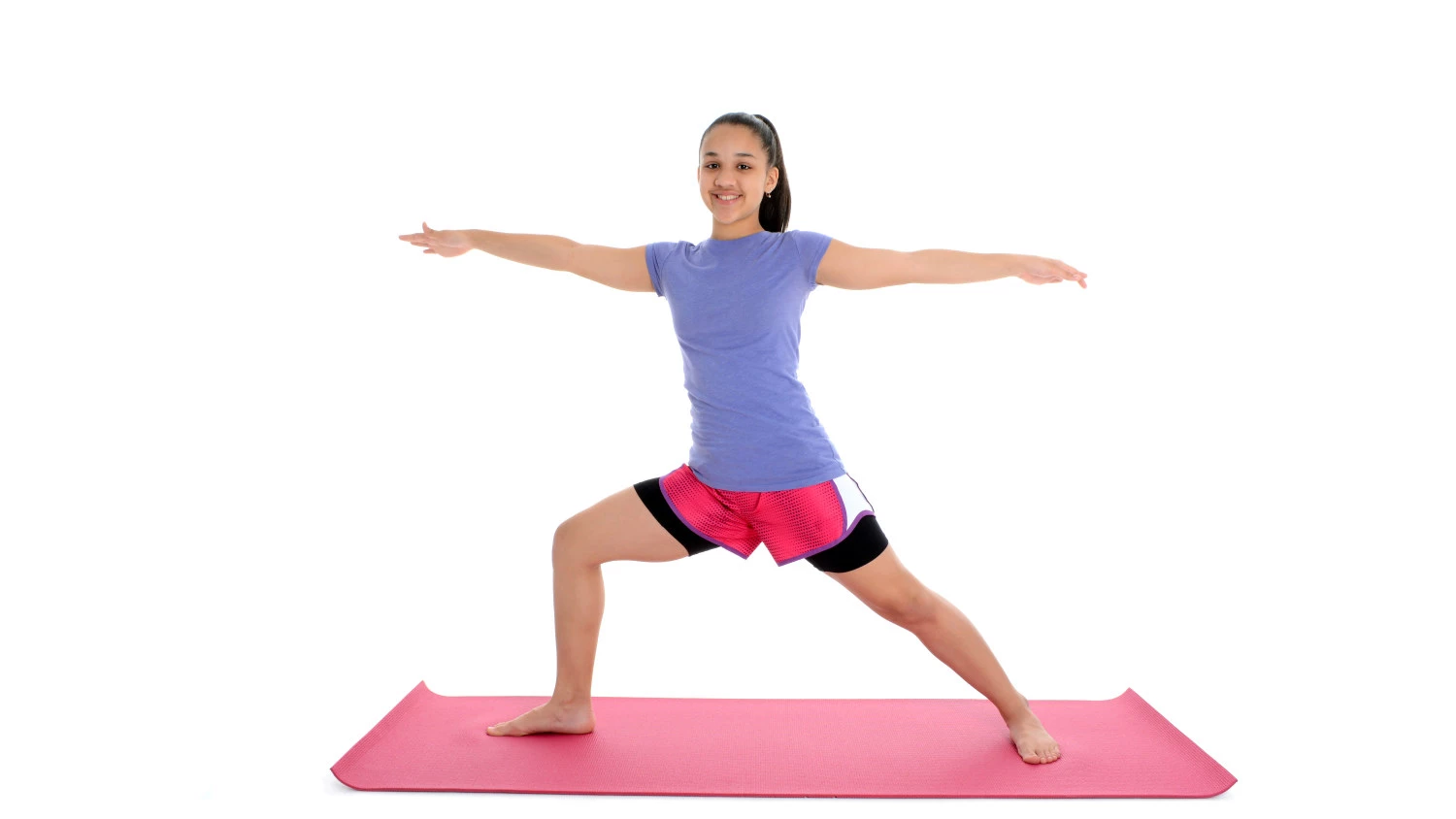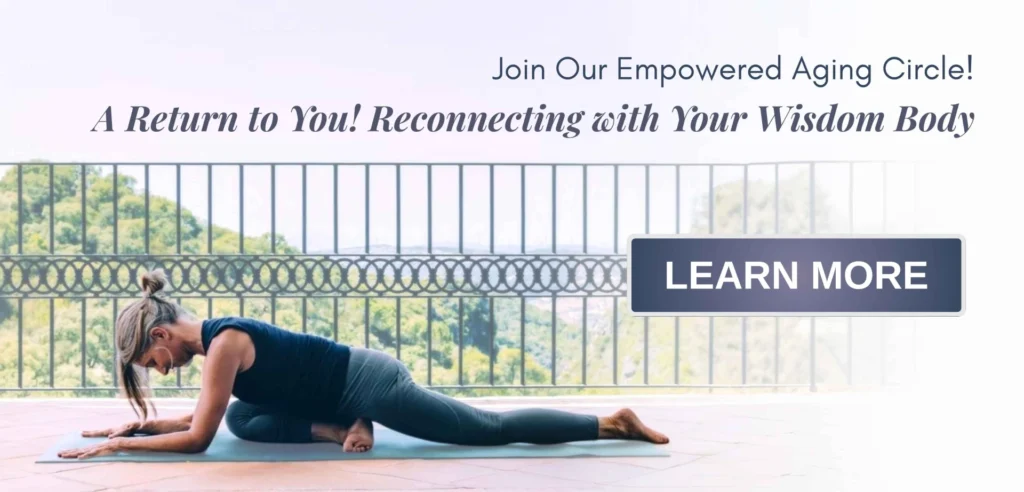Iyengar Yoga Shows Potential to Help Kids with Chronic Pain

Childhood is a time of life that is supposed to be all about innocence, play, and enjoyment. Yet, in today’s society, as many as 45 percent of children suffer from chronic pain, ranging from headaches to stomachaches and backaches, according to researchers at the Pediatric Pain Program at UCLA.
For children and adolescents with chronic pain, treatment can be challenging and require a variety of medications. Even then, there’s no guarantee the treatment will be enough to decrease pain and lessen the psychological impact of pain and illness. The result is missed school, stress, anxiety, depression, and an overall impact on quality of life—all this at an age when social acceptance and academic performance are of utmost concern.
Researchers at UCLA now have another option they say is safe and which addresses both body and mind in kids: Yoga.
Subhadra Evans, Ph.D. and colleagues from the UCLA Pediatric Pain Program are taking a non-pharmacological approach and looking at a way to treat the “whole person’s functioning.” They believe Iyengar Yoga could be a way to reduce symptoms and improve quality of life for kids struggling with chronic pain.
Studying Yoga for Kids with Chronic Pain
The group has conducted two parallel studies on the effects of yoga in children suffering from pain issues. One study focused on teens and young adults suffering from abdominal pain and reduced quality of life due to irritable bowel syndrome (IBS), and a similar study included adolescents and young adults with rheumatoid arthritis (RA).
As part of the study, participants were instructed to attend two Iyengar yoga classes per week over a period of six weeks. The yoga postures included were targeted for the specific areas of pain experienced. For example, teens who suffered from IBS-related pain completed yoga practices involving relaxing and lengthening the abdomen and massaging the internal organs. Patients with RA, on the other hand, went through yoga practices that started with postures to quiet the mind, then moved into poses that relied heavily on props to help support their bodies as they stretched and lengthened tight muscles.
At the end of the study period, both yoga groups reported significant improvement in physical functioning. The young adult group reported even more positive results, indicating global improvements in psychological distress, functional disability, fatigue, and sleep quality, with many patients saying they continued to experience improvement at their two-month follow-up.
If nothing else, the researchers concluded, Iyengar yoga may be an effective addition to standard pain treatments both for the improvement in physical symptoms as well as its psychological benefits.
According to Subhadra Evans, the biggest challenge was compliance with the study protocol, especially among the teens, many of whom are difficult to motivate and depend on the support of a parent to attend classes. She says future protocols may consider approaches targeted to specific age groups, even including family members in the intervention.
With a personal yoga practice since age 13, Evans believes fully in the potential to help ease pain and improve quality of life, but says this type of therapy will only receive widespread support from the community, including coverage by insurance companies, if the Pediatric Pain Program can show proof of its effectiveness based on a scientific paradigm. She says the researchers plan to continue their work and hope to look at the safety, feasibility and ultimately the efficacy of yoga in treating adolescents with cancer-related fatigue.
Why Iyengar Yoga in the Treatment of Chronic Pain?
What makes Iyengar yoga different from other styles of yoga is its emphasis on the use or props and proper alignment, Evans notes. In order to be certified in the Iyengar style, teachers receive extensive training in anatomy and physiology and in how to modify yoga postures for specific physical and health limitations. They are taught how adapt a yoga practice to not only make postures possible for the individual, but also what postures can help various conditions, including pain.
Yoga Postures for Rheumatoid Arthritis
Here are a few of the yoga postures study participants with rheumatoid arthritis performed.
Supta Baddha Konasana (Reclined Cobber’s pose): This is a relaxing posture done with soles of the feet together, knees to the side, and lying back. If necessary, the back and head can be supported with a bolster, block or blanket. The relaxation pose helps to release tight muscles and allow the practitioner to tune in to their body and focus on the breath as opposed to the pain and external stimulus.
Supported Adho Mukha Svanasana (Down Dog on ropes with a chair): Due to the muscle tightness that is part of RA, support is especially useful for this group. Here a rope around the waist helps to support the body and reduce strain on the shoulders, arms and wrists and also lessens the amount of stretching on the back of the legs. If a rope is not available, a chair against the wall can help, or it’s recommended to find a partner to help support the body.
Setu Bandha (Bridge pose on a bench): Lying on a low bench with the shoulders and head reaching for the floor opens the entire front of the body, but unlike Wheel posture that can be extreme, this takes a more gentle approach. If a low bench is not an option or is still too much, a bolster extended lengthwise under the back and hips can have a similar effect.
Yoga Postures for Pain from Irritable Bowel Syndrome
Wheel/Bridge: With the pain of IBS concentrated in the front body, postures such as Wheel pose(Urdhva Dhanurasana) or Bridge pose (Setu Bandha Sarvangasana) that extend the front body from hips to chest are a great way to release the tightness and pain associated with the condition. Use a prop such as a bolster or block as needed. A partner can also help to lift the hips slowly.
Reclining postures: Yoga postures done while lying down are useful in both relaxing the abdominal organs or gently massaging the organs. The study included postures like Supta Baddha Konasana, Cobbler’s pose, done with knees bent and soles of feet together, and Supta Padangusthasana, Reclining Hand-to-Big-Toe pose, performed with the leg lifted and holding onto the big toe.
Yoga is generally a safe and accessible practice, but if you suffer from chronic illness, it may be best to talk to your physician before beginning a practice; to avoid injury, it’s always best to work with a trained yoga instructor.
 Liz Rosenblum found her way to the yoga mat as a way to find peace and calm in her crazy former life as a journalist and the days in content marketing. Over the years her practice has focused on an alignment-based style as a way to find relief from chronic hip pain to power yoga to a home practice, but it was Ashtanga where she found her true home and received her RYT-200 at White Orchid in Clearwater, Florida. She is passionate about the power of yoga to heal the mind and body, and continues to be amazed that no matter how many times a posture is practiced, one slight adjustment can change it exponentially. She is thankful to have the online yoga community of YogaUOnline as a place to share her passion and learnings with others.
Liz Rosenblum found her way to the yoga mat as a way to find peace and calm in her crazy former life as a journalist and the days in content marketing. Over the years her practice has focused on an alignment-based style as a way to find relief from chronic hip pain to power yoga to a home practice, but it was Ashtanga where she found her true home and received her RYT-200 at White Orchid in Clearwater, Florida. She is passionate about the power of yoga to heal the mind and body, and continues to be amazed that no matter how many times a posture is practiced, one slight adjustment can change it exponentially. She is thankful to have the online yoga community of YogaUOnline as a place to share her passion and learnings with others.



